Design:
If you’re a designer, do you already have a design to work with or would you like to sit with your manufacturer and co-design with them?
If you do have a design, you will need to send them a tech pack which (may) contains your design on paper with the measurements and the garment detailing info which includes details of the fabric quality, prints, embroideries,buttons and other accessories, zippers, thread colors, etc. Jot down each and every minute detail that you can think of so the product turns out exactly the way you want it. Your tech pack may also contain a sample of a similar product which helps the pattern maker with grading. Though this is not a necessity as it is possible to work with paper measurements too.
There are certain cases where companies send their designers to work with the manufacturer to come up with a design keeping in mind the manufacturer’s specification. This can really work out well if you’re working on a budget as you can work on the available fabrics and accessories which are normally cheaper than their custom-made counter parts.
If you are a buying agent, you will need all of the above details from the company you are working with to pass on to the supplier of your choice. When giving them an approximate cost, do take into consideration your own commission.
Labels and packaging:
Another area to focus on is the packaging material. It is a normal practice to give your own label designs which are developed by the manufacturer. In certain cases, and if you have your own supplier, you can send your own labels to the manufacturer. However, I find this a tad bit inconvenient and less cost-effective. The labels include main and size labels, hang-tags, price tags and leather patches or embroidered patches with the logo to be put on the garment.
You also must take into consideration the packaging of your product. Should it be a single piece polybag packaging, should the polybag have your logo on it, the carton dimensions and quality, carton markings, etc.
Write down every single detail that you can think of and then move ahead.
Payment Terms:
Before you begin your production journey, you need to discuss with the manufacturer the cost of producing your garment and the payment terms. There are many different payment terms that manufacturers work around these days.
There are advance payment terms, L/C sight, L/C (certain number of days), BA, DC, etc. Talk to your manufacturer and be very clear about what will work best for you both.
Freight:
Sea freight or air shipment is what you need to decide after considering how much time you have in your hands or what is the shipping budget you are looking at. Sea shipments are much cheaper although can take up-to 60 days in transit.
You also need to think about the freight forwarding agency for your shipment. You can either nominate a forwarding company or ask your manufacturer to use his own, whatever is more convenient and more cost-effective.
Also, do take into account any customs duties / taxes which will have an impact on your price of the product.
Once all these pre-production issues are taken care of, you can move into the sampling stage.
Samples:
Proto sample:
To check the quality and workmanship of your manufacturer and to test the durability of your design, get a proto-sample made. It will solve all your issues with the fabric or design before you move into bulk production as it will give you the flexibility to alter or change any detailing that you don’t like or that doesn’t fit well. Proto-samples are normally provided free of cost by the manufacturers or if it’s a specialty item, minimal charges for detailing are requested.
Fit sample:
These are requested to check the measurements of the product and how it fits on a model. This sample is usually made using the available similar fabrics and accessories.
Size Set sample:
Next comes the size sets where the manufacturer makes two or more pieces of the garment in each size or few regular sizes. One size set is normally kept with the manufacturer for reference purposes.
Salesman sample:
The salesman sample set is used by the sales team to generate sales for a product and receive feedback from the customer. The manufacturer may charge up-to three times the agreed price for the salesman samples.
Pre-production sample:
Once all the issues are taken care of, a pre-production sample is requested from the manufacturer to final-check all original fabrics and accessories so as to move into bulk production.
Shipping sample:
Last but not the least, comes the shipping sample which are a few pieces taken out from bulk production to determine all aspects of the garment including packaging material before a shipment is made.
Production:
After all the initial sampling is done and you are ready to move into bulk production, discuss with your supplier the time frame it would take to produce the goods. Keep a track of your production by keeping in touch with your manufacturing partner and getting regular updates.
A new innovative technique for overseas manufacturer is to keep track of the progress of your production in real time. We at Garment Resources, offer packages for live streaming of the production floor including direct talks with the labor. This way you can be ‘present’ on the floor yourself and digitally be a part of the whole process.
Even if you do not opt for live streaming or your manufacturer doesn’t offer this facility, make sure that you are getting regular updates on the production.
It is also a good idea to keep at least a 15 day grace period for production delays.
Once the production is done and the packaging is taken care of we move on to the shipment.
Final Shipment:
If the freight forwarder is your nominated agent, you need to inform him to give a loading program to the manufacturer. The manufacturer must hand over the goods at least three days before the vessel sails for sea shipments.
For air-freight, it is easier as once your manufacturer hands over the goods, the freight company will send it in the next available flight as per the company policies.
Please make sure you have all details of the import duties and import custom charges so you can be prepared. Also, it is a good idea to hire a customs clearing agent who will take care of all your import shipments, the paperwork, etc.
If you are a new brand, looking to outsource your manufacturing, I hope this blog answers your basic questions and helps you in your journey. You can always write back to me for more ideas and inspirations on info@garesources.net or find out more about us on http://www.garesources.net.
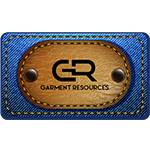

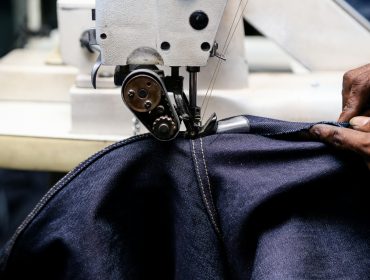

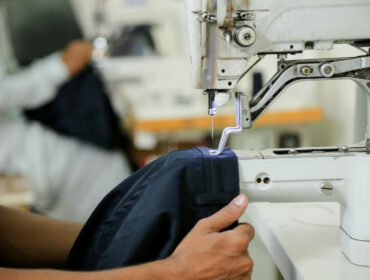
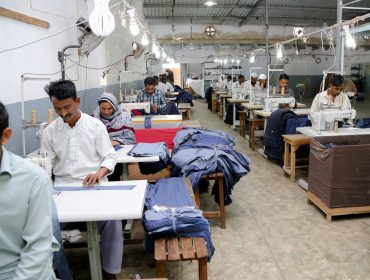
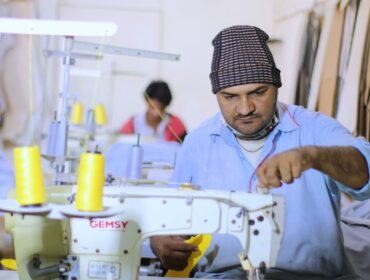

It’s an awesome paragraph designed for all
the internet viewers; they will get advantage from it I am sure.
I have been browsing online more than three hours today, yet I never found any interesting article like yours.
It’s pretty worth enough for me. In my opinion, if all website
owners and bloggers made good content as you did, the net will be much
more useful than ever before.
Very interesting details you have observed, appreciate it for posting.Money from blog